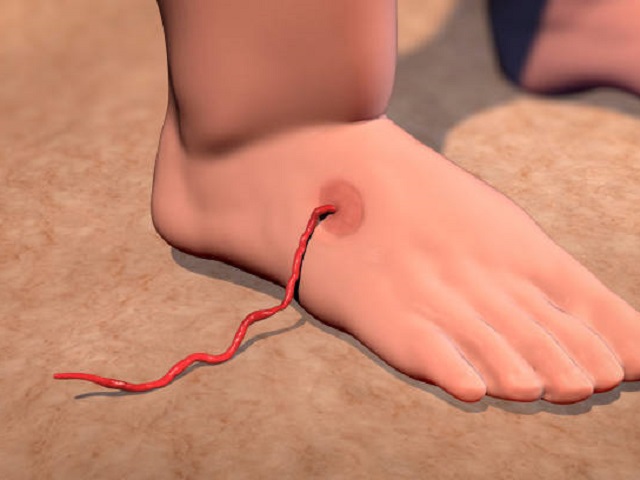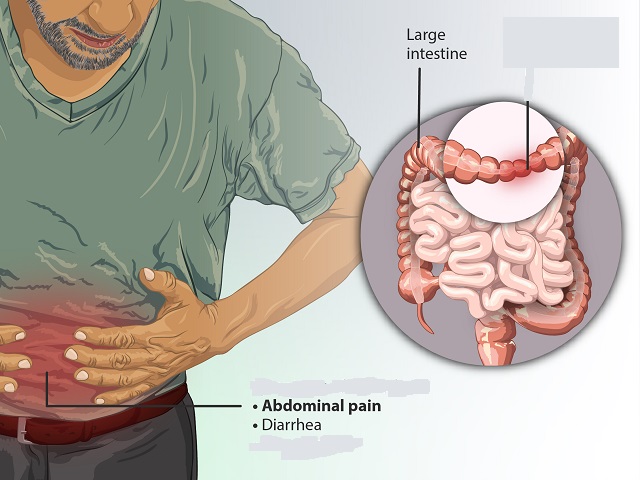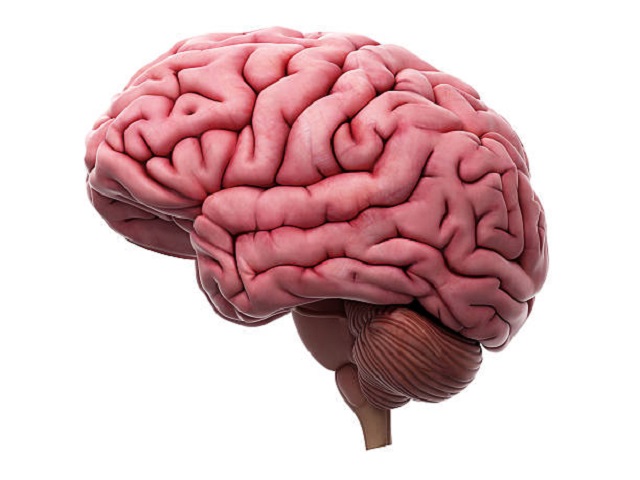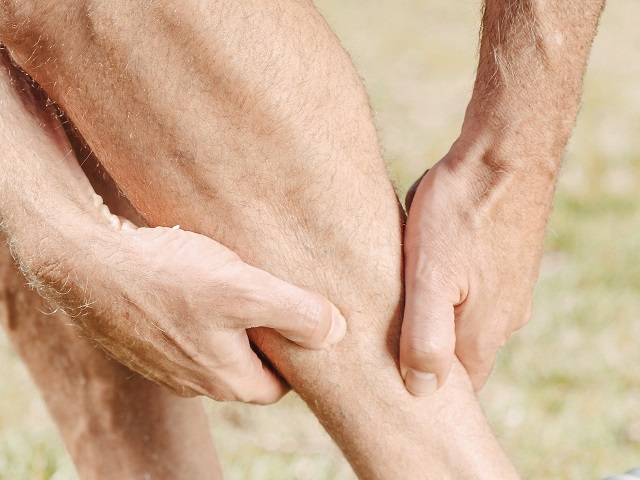4 Signs You May Have Guinea Worm Disease -- Symptoms, Causes, Effects, Treatment and Prevention
Guinea worm disease, also known as dracunculiasis, is a parasitic infection caused by the nematode worm Dracunculus medinensis. It is a waterborne disease primarily affecting rural communities in Africa, Asia, and the Middle East. Guinea worm disease is characterized by the emergence of long, thread-like worms from painful skin lesions, typically on the lower limbs. The disease is transmitted through the ingestion of contaminated water sources containing tiny water fleas (cyclops) that harbor the infective larvae of the worm.
Symptoms of Guinea Worm Disease:
The symptoms of Guinea worm disease include:
- Painful skin blister: The infection begins with the formation of a painful blister on the skin, usually on the lower limbs.
- Worm emergence: Within a few days to weeks, a female Guinea worm (up to 1 meter in length) emerges from the blister, causing intense pain and burning sensation.
- Skin ulceration: The worm gradually emerges and creates an ulcer or an open wound, through which the worm releases larvae into the water.
- Secondary bacterial infection: The open wound can become easily infected, leading to complications such as cellulitis or abscess formation.
Causes of Guinea Worm Disease:
The main cause of Guinea worm disease is the ingestion of water contaminated with copepods (water fleas) carrying the infective larvae of the Guinea worm. These larvae develop into mature worms inside the human body and eventually emerge through the skin, perpetuating the life cycle.
Effects of Guinea Worm Disease:
Guinea worm disease can have significant health, social, and economic consequences. The painful symptoms and disability associated with the disease can hinder daily activities, including walking, working, and attending school. Infected individuals may experience prolonged periods of incapacitation, leading to reduced productivity and economic hardship.
Treatment and Prevention of Guinea Worm Disease:
Currently, there is no specific treatment or vaccine for Guinea worm disease. The primary approach to managing the infection is through the gradual extraction of the worm by winding it around a stick over several weeks. Antibiotics may be prescribed to prevent secondary bacterial infections.
Prevention strategies for Guinea worm disease include:
- Filtration of drinking water: Filtering water sources using fine-mesh cloth or pipe filters can remove the copepods carrying Guinea worm larvae, preventing transmission.
- Health education and behavior change: Community education programs focusing on the importance of using safe water sources, proper sanitation, and avoiding contact with contaminated water can reduce the risk of infection.
- Vector control: Measures to control copepods in water sources, such as applying larvicides or using biological control methods, can help interrupt the transmission cycle.
- Case detection and containment: Identifying and isolating infected individuals, and providing appropriate wound care and health education, can prevent the contamination of water sources by larvae.
Statistics on Guinea Worm Disease:
According to the World Health Organization (WHO), Guinea worm disease has experienced a significant reduction in recent years. In 2020, only 27 cases of Guinea worm disease were reported worldwide, compared to 3.5 million cases in 1986. The disease is currently endemic in four countries: Chad, Ethiopia, Mali, and South Sudan. Efforts are underway to eradicate Guinea worm disease completely.
References:
World Health Organization. (2021). Dracunculiasis (Guinea-worm disease). Retrieved from https://www.who.int/health-topics/dracunculiasis#tab=tab_1
Centers for Disease Control and Prevention. (2020). Guinea Worm Disease (Dracunculiasis). Retrieved from https://www.cdc.gov/parasites/guineaworm/index.html














